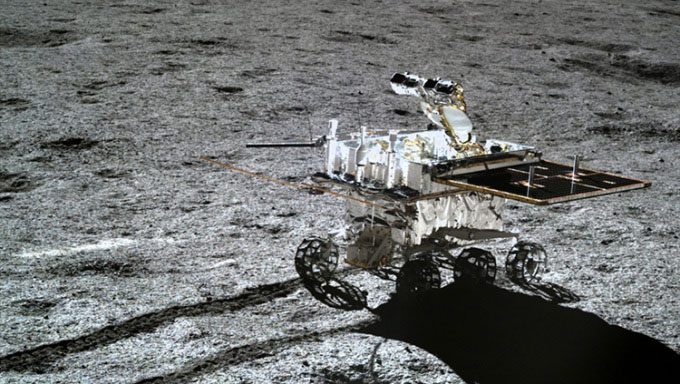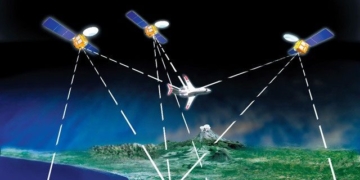China is developing a new autonomous robot to explore the southern pole of the Moon around 2026. It will be larger and equipped with more advanced technology compared to previous robots.

Yutu-2 exploring the far side of the Moon since 2019. (Photo: CNSA/CLEP)
Space reported on January 26. The Chang’e 7 mission is part of China’s newly approved lunar exploration phase, focusing on the southern pole and the far side of the Moon. Chang’e 7 will consist of an orbiter, a lander, an autonomous rover, and small flying devices that can enter dark craters in search of water ice traces. The mission will also be supported by a communication relay satellite.
The rover for Chang’e 7 is based on Yutu and Yutu-2, solar-powered robots weighing about 140 kg from the Chang’e 3 mission (which landed on the Moon in 2013) and Chang’e 4 (which landed in 2019). However, there will be some differences.
“The rover for Chang’e 7 is slightly larger than Chang’e 4. It is designed to carry various types of instruments and has a structure similar to the old robots,” said Tang Yuhua, deputy design director of Chang’e 7.
The new rover will be more autonomous and intelligent. “The old rovers required a lot of ground control intervention, but now the process of planning routes will be more autonomous,” Tang added.
The new autonomous rover will be equipped with panoramic cameras and ground-penetrating radar similar to Yutu-2, but will include a magnetometer and a Raman spectrometer instead of infrared and visible spectrometers. The Chang’e 7 mission will also carry a smaller rover for the UAE.
Before Chang’e 7, China will attempt to collect samples from the far side of the Moon within the South Pole-Aitken Basin around late 2024 with the Chang’e 6 mission. The Chang’e 8 mission is scheduled to launch in 2028, aiming to test 3D printing technologies and resource extraction. This mission will pave the way for the International Lunar Research Station (ILRS) project in the 2030s.
The ILRS will initially operate with robots but aims to become a habitat for astronauts in the long term around 2035. China and Russia are seeking partners to participate in this project.




















































